We’ve all experienced that poignant moment—those sad puppy dog eyes begging us not to go as we reach for the door. It’s the heartache of managing a dog who suffers from separation anxiety, with every jingle of car keys setting off their despair over being left alone. Watching them whimper and pace is enough to leave anyone feeling torn.
So take a deep breath—some helpful tips are here for you to try!
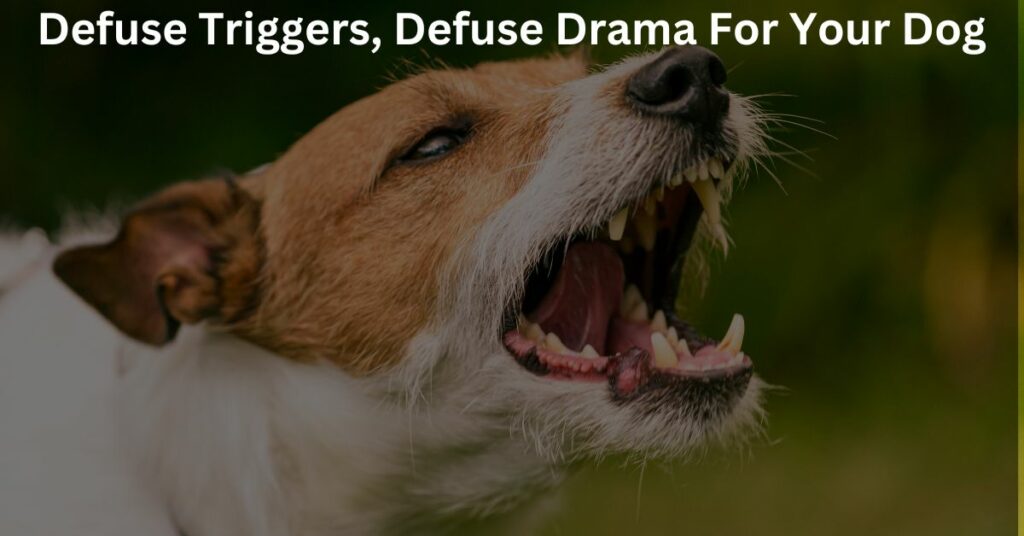
Table of Contents
Understanding Triggers for Dogs with Separation Anxiety
Dogs are very astute at reading people, it’s part of their language. They read our body language and habits the way we hear words. They chain our movements in order to know what’s coming next.
For example, before you take your dog out for a walk:
- You look at the clock
- Put the empty cup in the sink
- Go to the toilet
- Put on coat and shoes
- Your dog is already waiting at the door ready for the harness and lead
How did it know? Simply put, it knows your routine, possibly better than you realise!
The same applies if your dog knows what comes before you leave the house and leave it alone. As soon as you begin your ‘leaving the house’ routine, that’s when your dog’s separation anxiety begins.
Understanding these triggers is key to managing separation anxiety in dogs.
Examples of triggers such as picking up car keys, rummaging in a purse, and putting on work shoes
The instant you pick up your car keys, your dog may start to pace or whine. They know the drill; those keys mean you’re about to head out and leave them behind.
It’s a classic example of a trigger for dogs with separation anxiety. But it’s not just the jingle of keys that sets them off. The simple act of rummaging through a purse or slipping on work shoes can signal to your dog that alone time is approaching, setting their anxiety in motion.
Desensitizing dog triggers is vital for easing their stress. You need to reteach your dog that these actions don’t always mean that you are leaving them. Imagine picking up your keys several times and putting them back down while staying home with your dog. Eventually, they’ll stop associating this sound with loneliness.
This is the essence of de-chaining the routine, causing your dog to stress out and feel scared.
Defusing Triggers
Repeatedly performing the trigger action without actually leaving the house can help desensitize your dog to the triggers of separation anxiety. This will take time, but the aim is to keep your dog calm throughout and associate its bed/crate/safe spot as a happy, rewarding area.
For example:
- Picking up and jingling keys
- Calmly guide your dog to its safe spot
- Putting the keys down
- Rewarding your dog with a treat for going to its bed/crate/safe spot
- Repeating the process until the dog goes to its safe spot on its own when it hears the keys
This positive reinforcement cements the idea that there’s nothing to worry about when they hear that sound.
You repeat this several times over days or weeks – jiggle the keys, lead to the safe spot, give a treat. Gradually, something magical happens: your dog starts trotting off to that cozy nook on their own whenever the keys play their little tune! They feel calm and secure, knowing nothing bad follows those sounds anymore.
Patience is key here; consistent practice will reshape what was once a fear trigger into an invitation for comfort and rewards.
They begin to relax through repetitive exposure without the dreaded outcome, a win for everyone involved.
It’s not just about distracting them; it’s positive reinforcement at work.
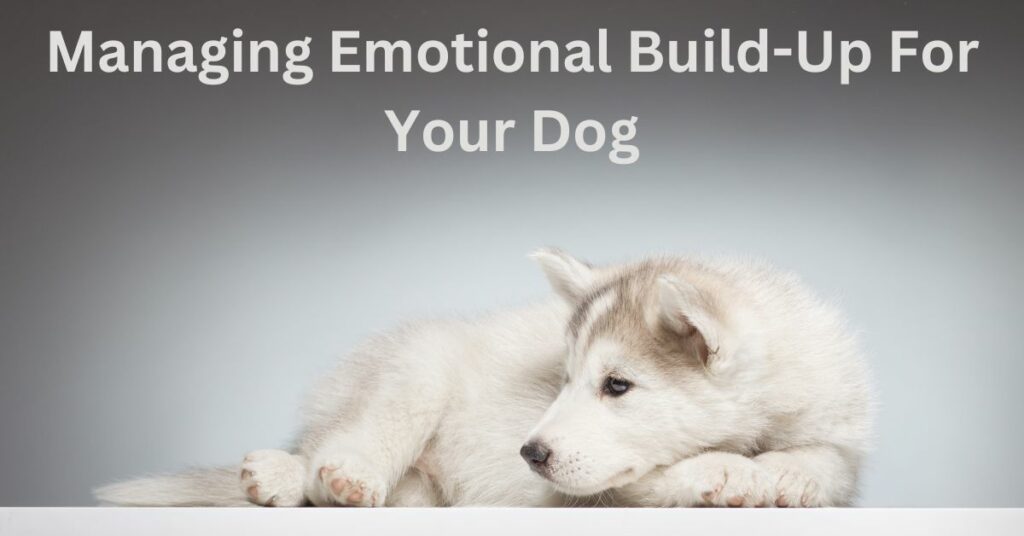
Managing Emotional Build-Up For Your Dog
Upon arriving home, you must maintain a calm and relaxed demeanor to prevent triggering an emotional build-up in your dog. Any excessive excitement or energy can lead to heightened emotions in your dog.
You manage the emotional response by ignoring the dog initially and greeting it calmly only after it has become calm. This approach helps prevent emotional build-up in your dog, creating a more peaceful and controlled environment.
By establishing a balanced interaction with your dog, you can defuse triggers related to comings and goings, preventing over-excitement/stress/anxiety.
Last Word on Defusing Drama
Managing triggers for dogs with separation anxiety involves understanding and defusing specific triggers, such as picking up car keys or putting on work shoes. You can effectively reduce your dog’s stress levels by desensitizing the dog to these triggers through repeated exposure without actually leaving the house.
Staying calm when you arrive home is hard (coming home to your dog is often the best part of the work day!) but necessary in preventing emotional build-up in the dog while also calmly greeting the dog only after it has settled down. These practical strategies offer efficient ways to promote security and comfort for dogs with separation anxiety.
Your dog is part of your family; treat it that way. Say hello and goodbye to your dog like you do to your partner! Like it’s no big deal, I’ll be back – there’s no drama!

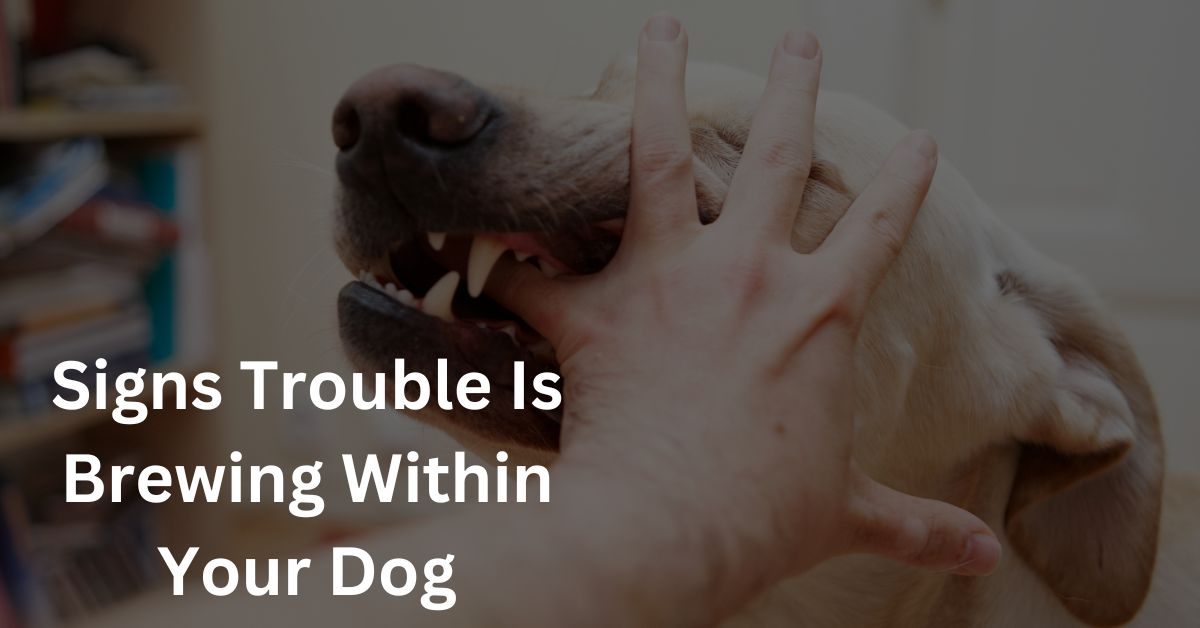
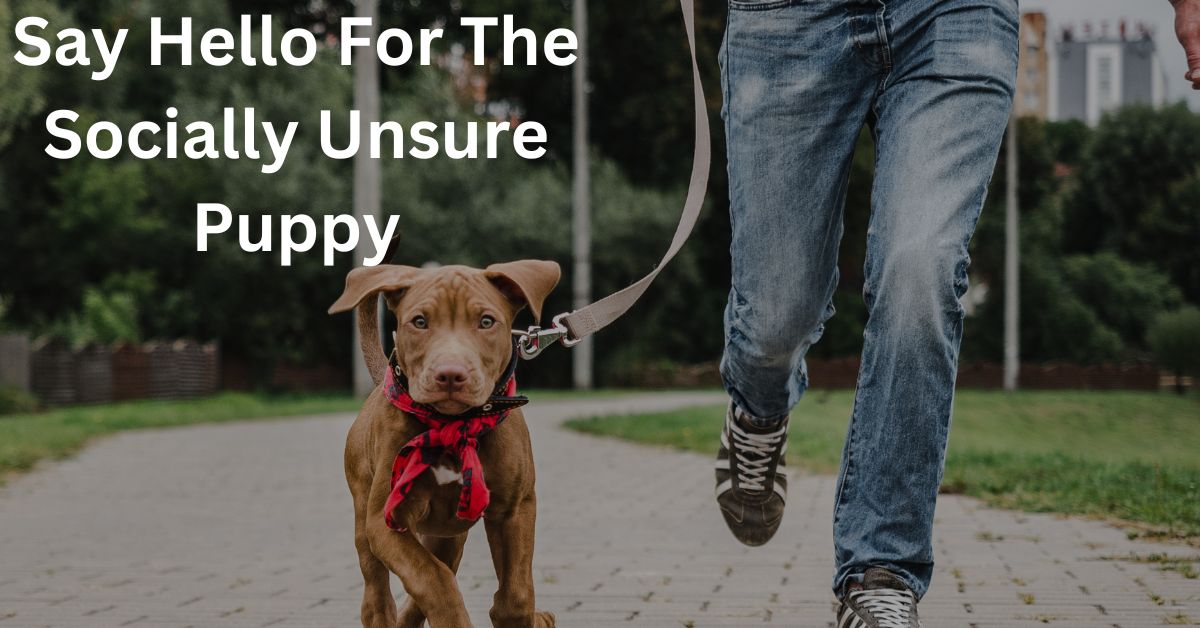
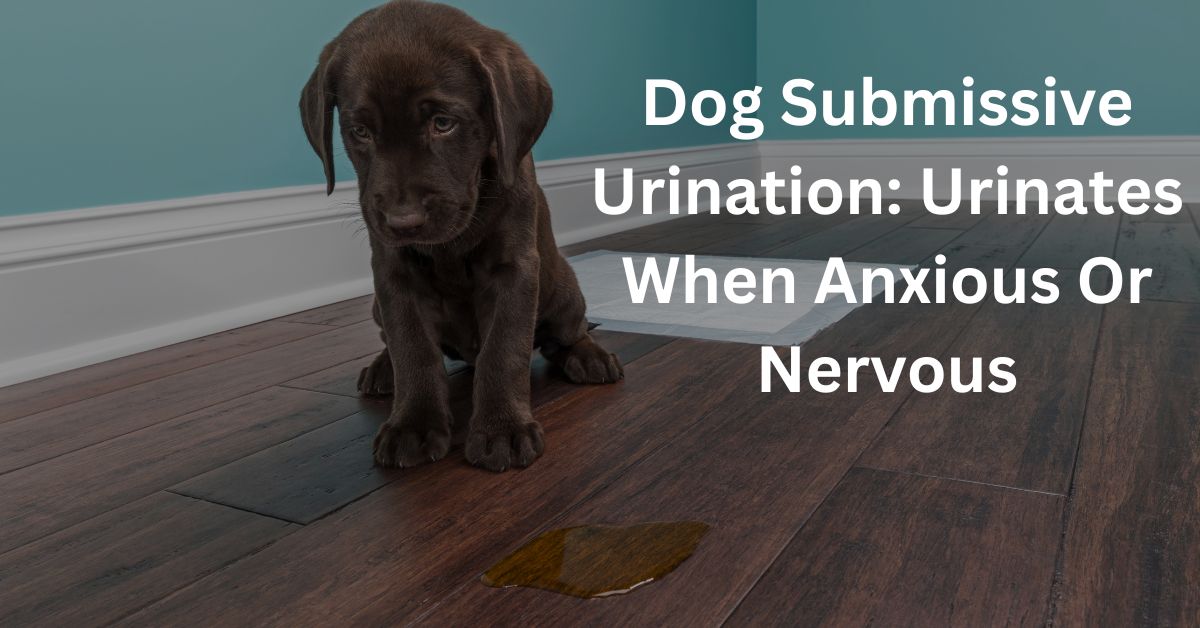
Leave a Reply